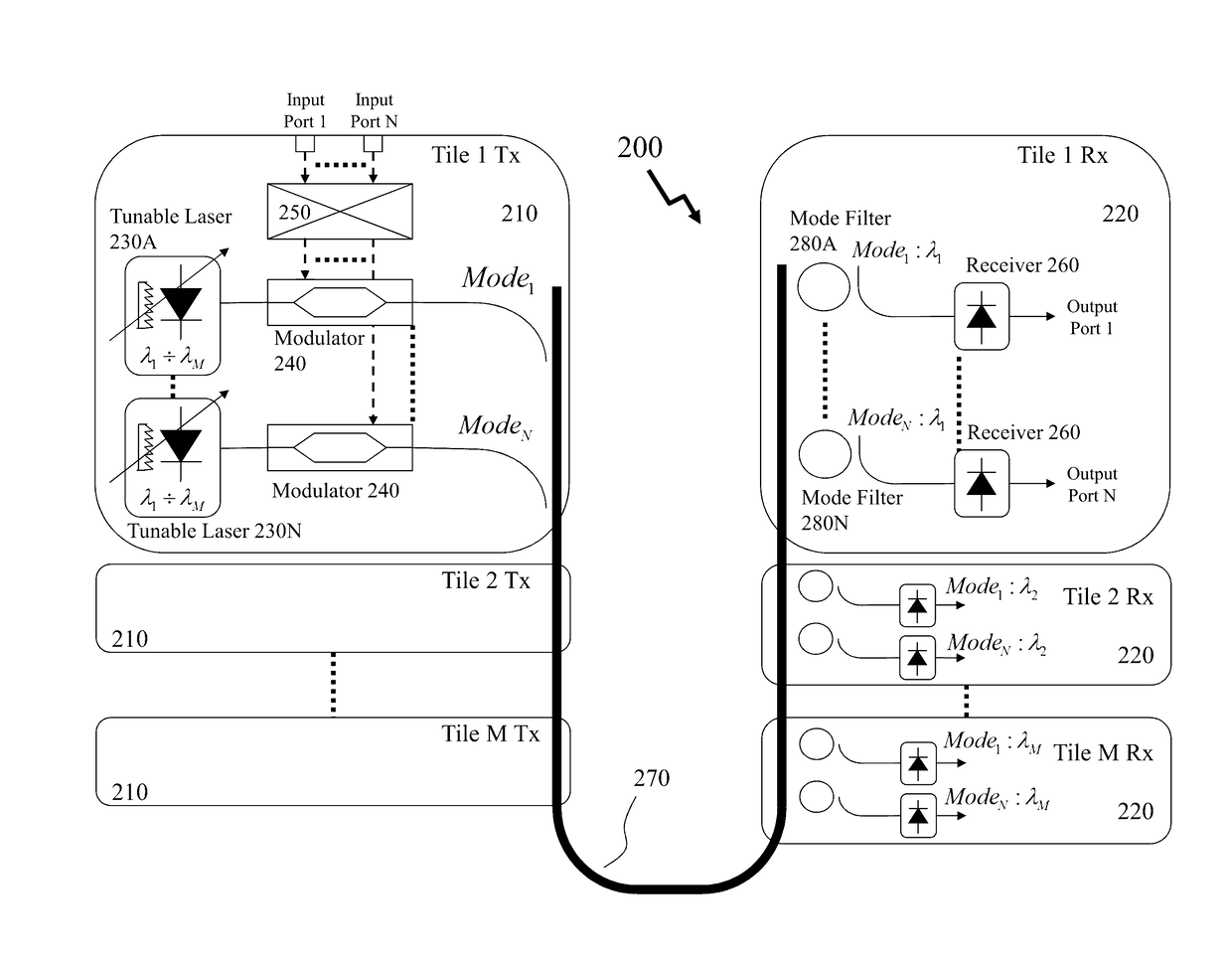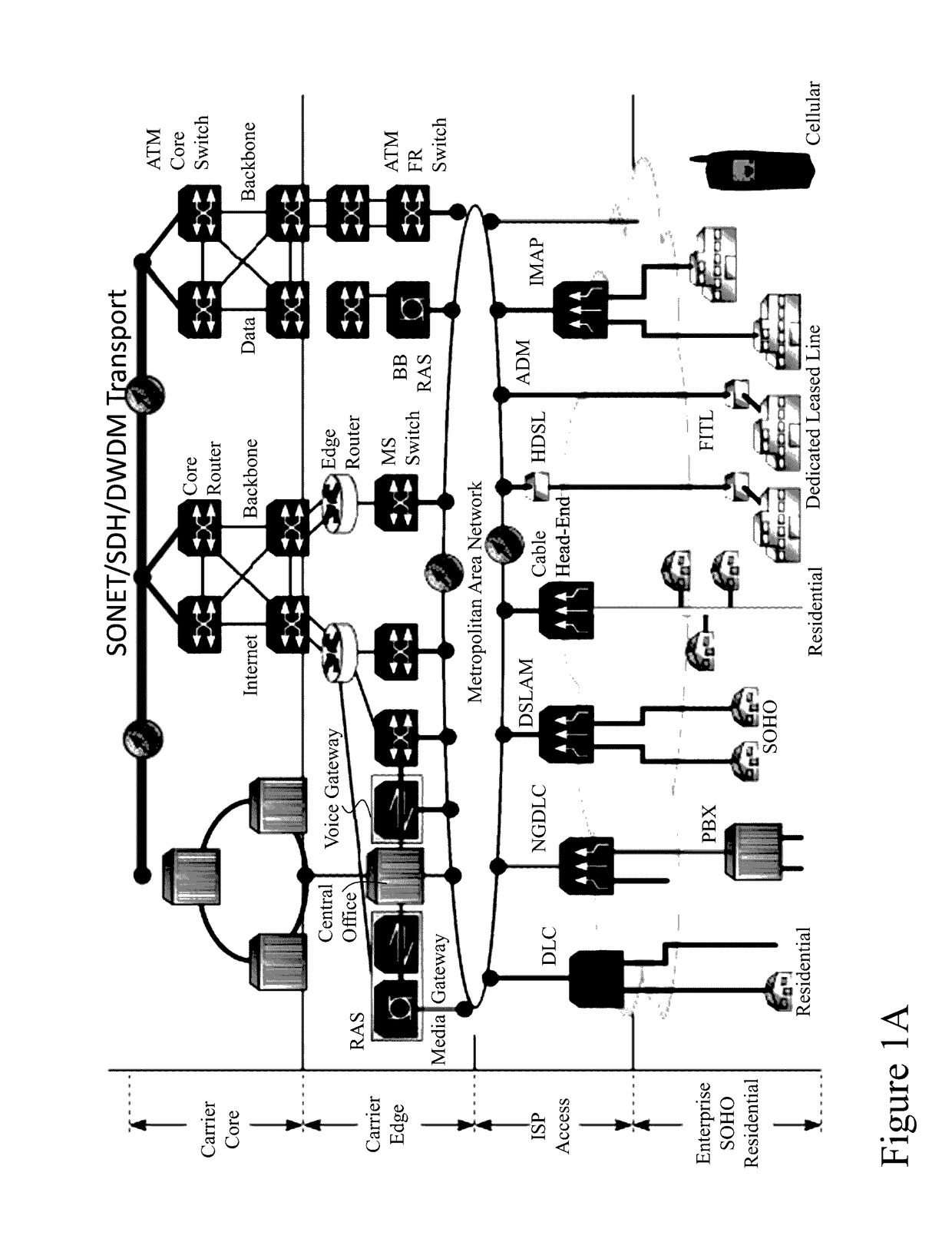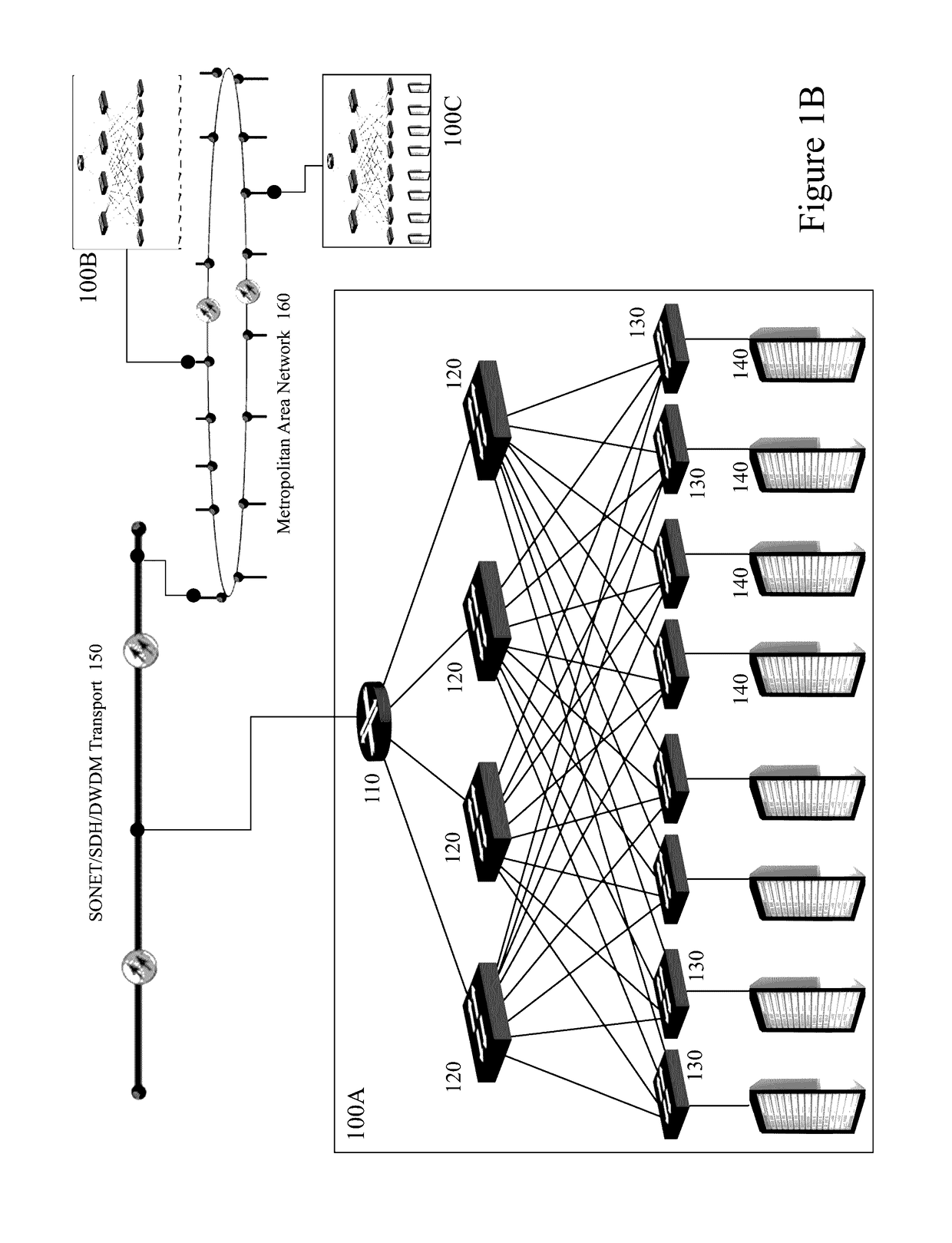Optical interconnection methods and systems exploiting mode multiplexing
a technology of optical interconnection and mode multiplexing, applied in the field of optical interconnection networks, can solve the problems of increasing the amount of data being uploaded and downloaded every second on the internet, and increasing the difficulty of synchronizing and synchronizing
- Summary
- Abstract
- Description
- Claims
- Application Information
AI Technical Summary
Benefits of technology
Problems solved by technology
Method used
Image
Examples
Embodiment Construction
[0052]The present invention is directed to optical interconnection networks and more particularly to circuit board level, interchip, and intrachip optical interconnections and networks.
[0053]The ensuing description provides exemplary embodiment(s) only, and is not intended to limit the scope, applicability or configuration of the disclosure. Rather, the ensuing description of the exemplary embodiment(s) will provide those skilled in the art with an enabling description for implementing an exemplary embodiment. It being understood that various changes may be made in the function and arrangement of elements without departing from the spirit and scope as set forth in the appended claims.
[0054]A “tunable laser” as used herein, and throughout this disclosure, refers to a laser whose wavelength of operation can be altered in a controlled manner. This includes, but is not limited to, lasers where the optical length of the cavity can be modified and thus continuously tuned over a wavelength...
PUM
 Login to View More
Login to View More Abstract
Description
Claims
Application Information
 Login to View More
Login to View More - R&D
- Intellectual Property
- Life Sciences
- Materials
- Tech Scout
- Unparalleled Data Quality
- Higher Quality Content
- 60% Fewer Hallucinations
Browse by: Latest US Patents, China's latest patents, Technical Efficacy Thesaurus, Application Domain, Technology Topic, Popular Technical Reports.
© 2025 PatSnap. All rights reserved.Legal|Privacy policy|Modern Slavery Act Transparency Statement|Sitemap|About US| Contact US: help@patsnap.com



